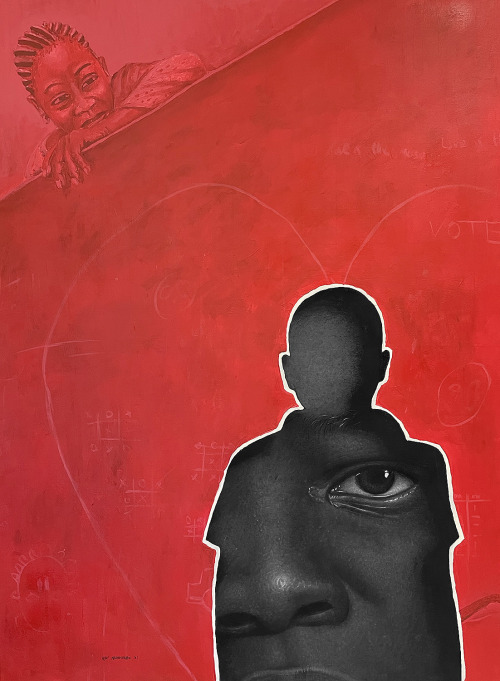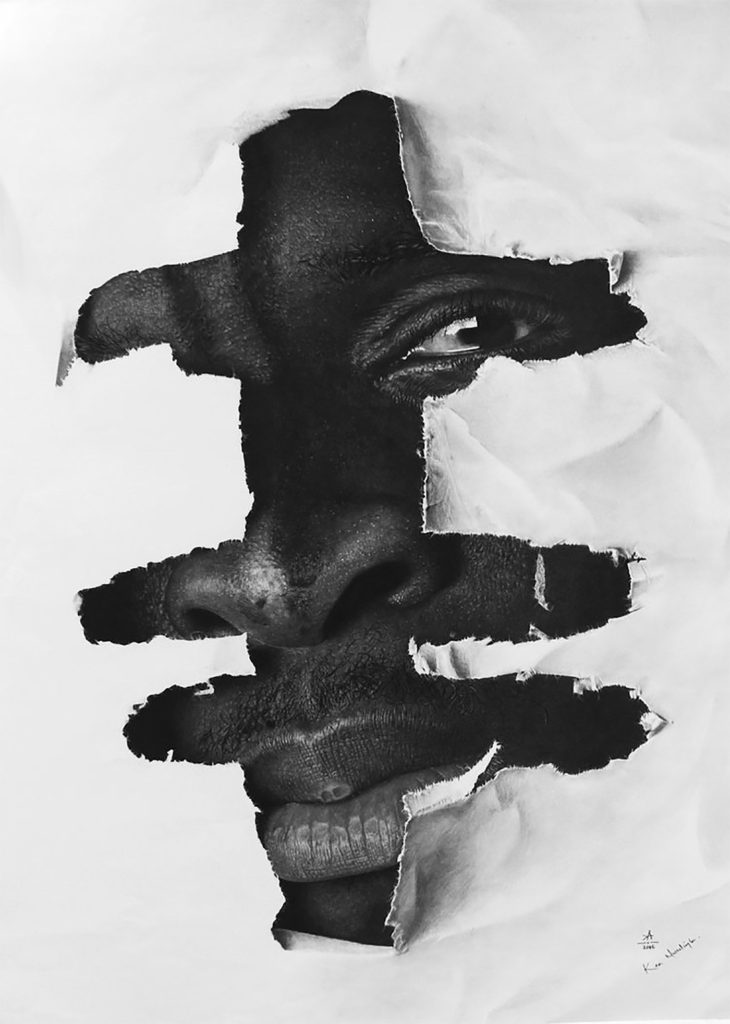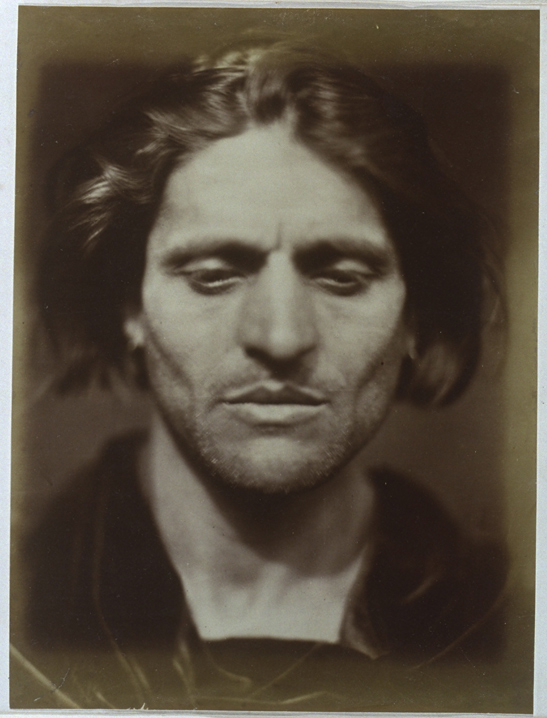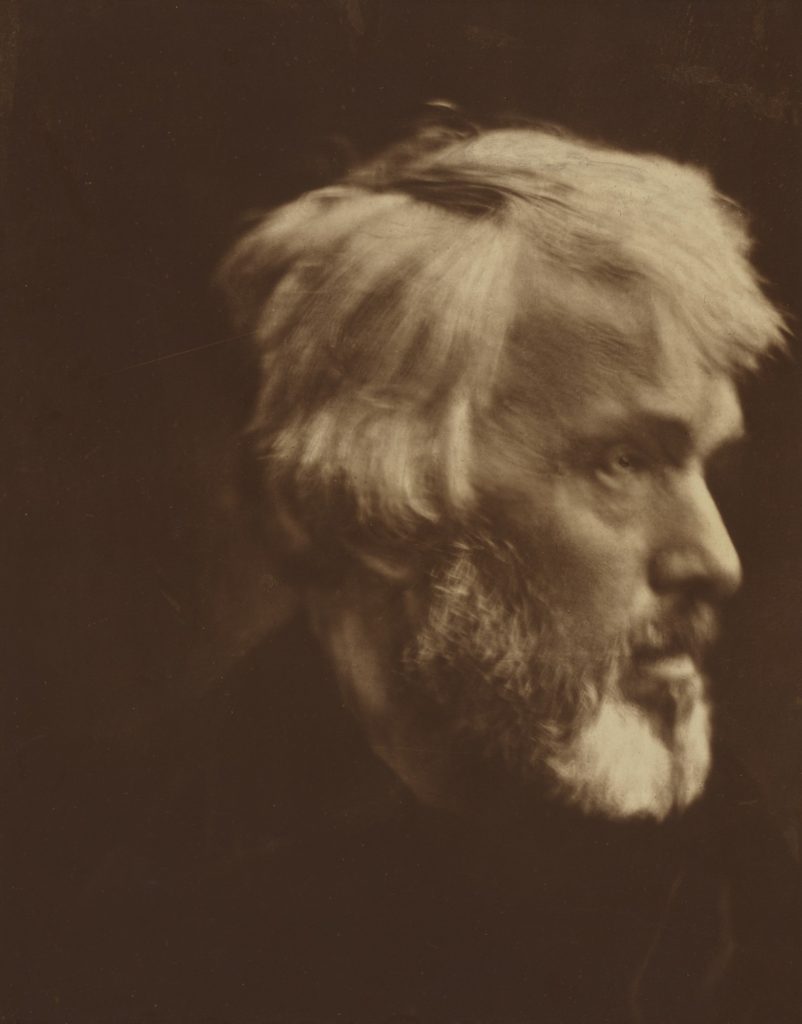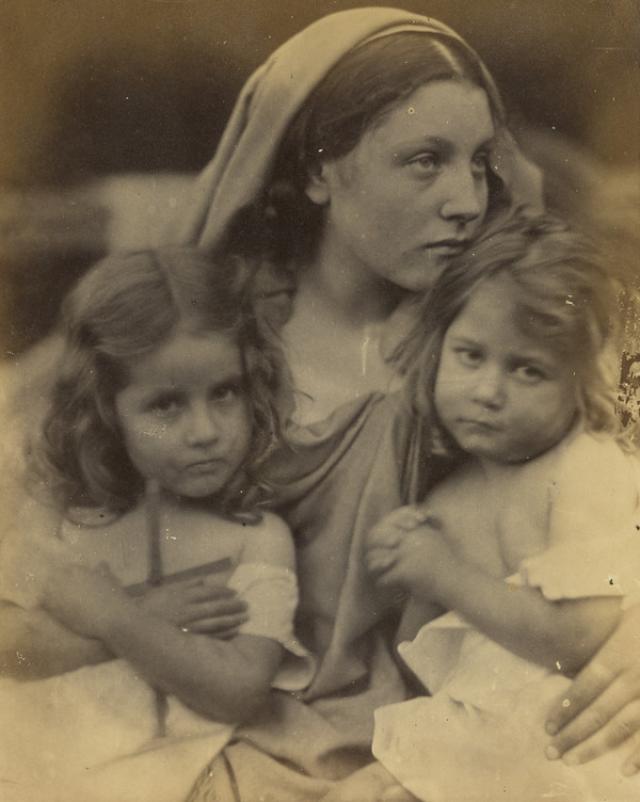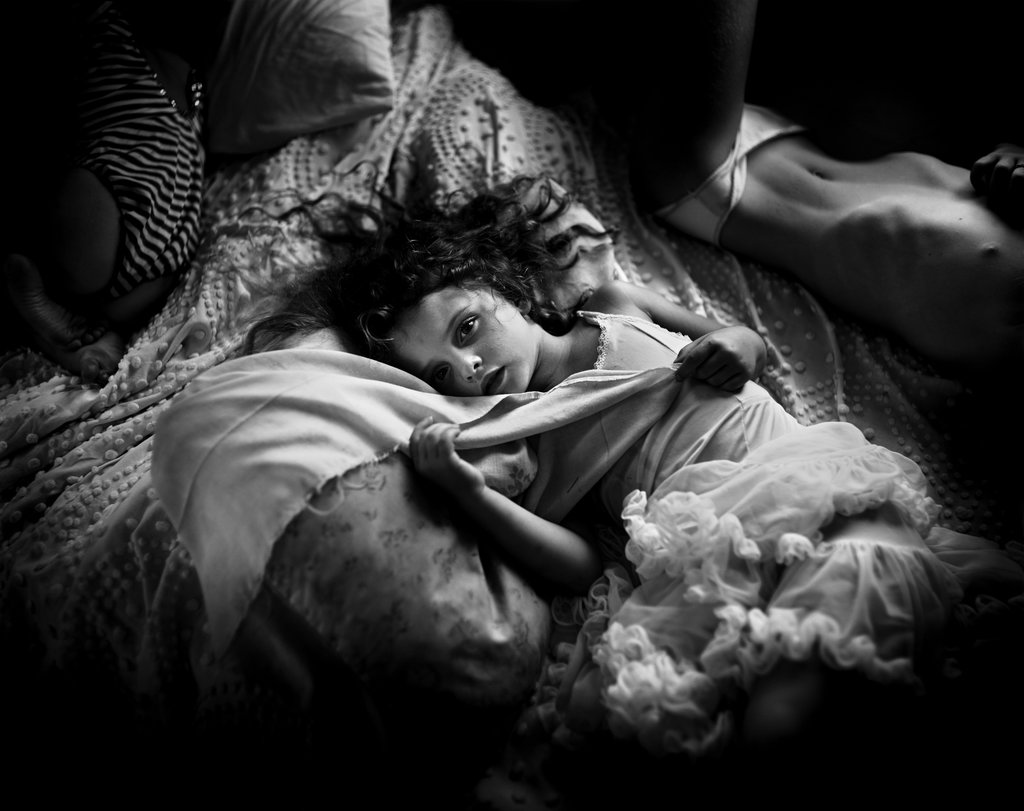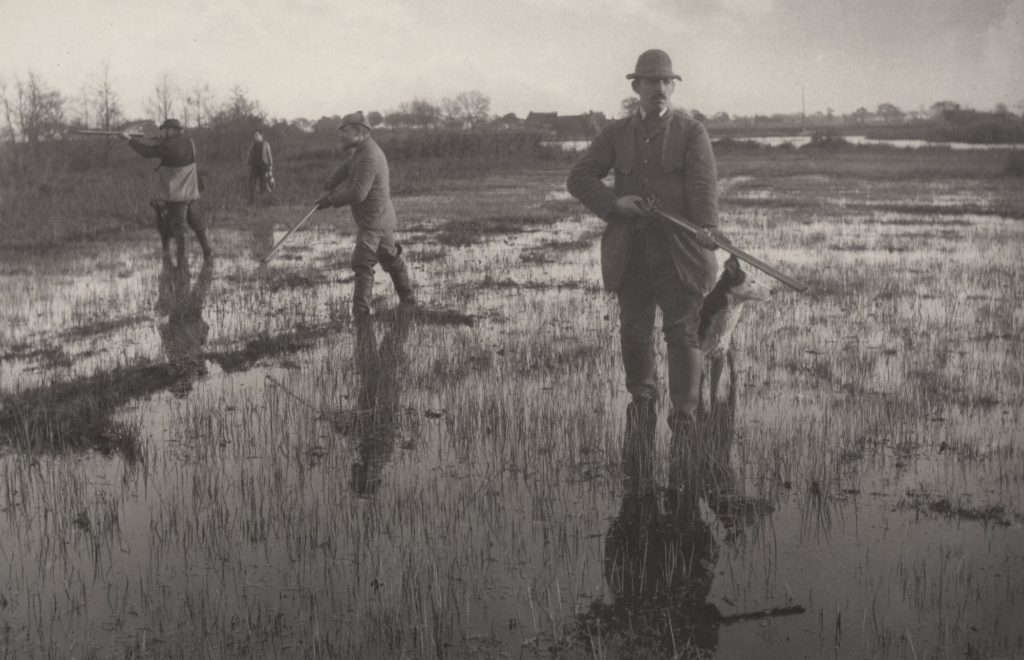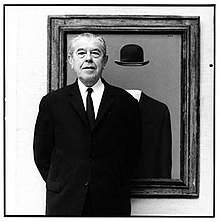Identity mindmap:

I created a mindmap based on my initial ideas for my personal study. I started by finding some topics which interested me and then developed those ideas and started thinking about how I could turn these ideas into a shoot. I found this helped me to then go on and create a moodboard with artist references and helped me to clearly pick and find a theme that I was most interested in and had the more inspiration for.
Childhood
John Stezaker
John Stezaker was born in 1949 in Worcester, United Kingdom, and attended the Slade School of Art in London and graduated in the 1973. He is a contemporary British conceptual artist who is best known for his collages of found images taken from postcards, film stills, and commercial photographs. Stezaker’s work resembles early-Surrealist and re-examines the various relationships to the photographic image. Through his careful juxtapositions, Stezaker adapts the content and contexts of the original images to convey his own meanings. He adds meaning to his images by intertwines images of landscapes, famous portraits and layers them creating silhouttes and curves. He creates interesting and fascinating small-format collages that have qualities of Surrealism. Stezaker said “My ideal is to do very little to the images, maybe just one cut: the smallest change or the most minimal mutilation” as he feels what he does is destructive however also has meaning behind the actions. His works have been featured at many museums such as The Museum of Modern Art in New York, the Tate Modern in London, the Tel Aviv Museum of Art and many more.
Ken Nwadiogbu
Ken Nwadiogbu is a visual artist who creates innovative conceptual drawings on various surfaces as he engages in multidisciplinary modes of storytelling. His interest in art, as well as his career began while earning his degree in Civil and Environmental Engineering despite the fact he had no formal training. His work was inspired by issues which related to him and those around him as he grew up, he began creating works that reflect his society with the hopes of making a change within his community. He calls his method of work contemporealism which is a fusion that is centered around hyper realism and contemporary art. Gender equality, African culture, and Black power are a few aspects of his current research and artistic practice. Nwadiogbu work constitutes a silhouette of a human, which he embeds an eye or parts of a face into his ultimate theme of creating consciousness to what represents our collective reality through art. Ken Nwadiogbu is constantly revitalising his practice by challenging modes of Black representation and he is constantly updating how he works by using new variants of photography to present his work for example NFT’s.
Jim Goldberg
Jim Goldbergs was born in 1953 and is an American artist and photographer whose work reflects long-term collaborations with those who face neglection, been ignored, or otherwise outside the mainstream populations. Goldberg is best known for his photography books and multi media exhibitions especially for his trio serious of photography books called Rich and Poor, Nursing Home and Raised by Wolves. Goldberg is part of an experimental documentary movement in photography, using a straightforward approach based on a fundamentally narrative understanding of photography.
For my project I will be focusing on Goldbergs book ‘Raised by wolves’ which combines ten years of original photographs and text, home movie stills, snapshots, drawings and diary entries. He used this book to document the lives of runaway teenagers in San Francisco and Los Angeles. From 1985-1995, Goldberg was working on the streets of Los Angeles and San Francisco getting to know numerous homeless teens and building the relationships that would come to form the basis of Raised by Wolves.









